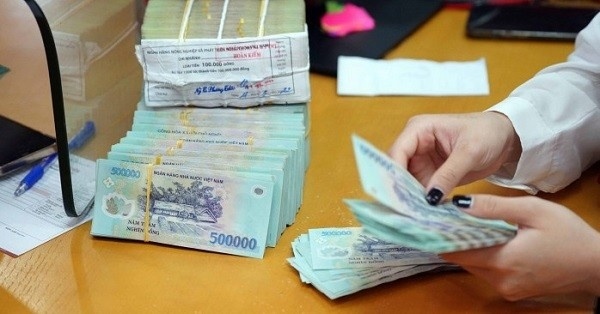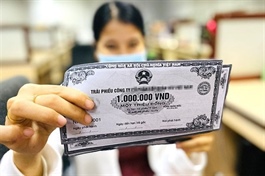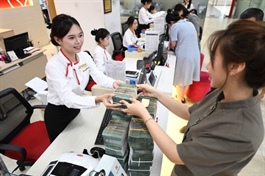Outlook brightens for bank stocks in H2
Outlook brightens for bank stocks in H2
As bank stocks continue to trade below their book value, the sector is seeing growing optimism for the second half of the year (H2).
According to data from WiChart, the price-to-book (P/B) ratio of the 27 listed banks stood at 1.51x at the end of the first quarter (Q1) of 2025, up 1 per cent from the end of 2024. WiChart is a comprehensive financial data platform, developed by WiGroup, one of the country's top providers of economic and financial data.
|
Among these, ABBank recorded the lowest P/B at just 0.58x as of March 31. ABBank's book value per share was approximately $0.55 according to the bank’s Q1 financial statement, while its price was only $0.32 per share at the closing trading session on March 31.
VietABank followed with the second-lowest valuation at a P/B of 0.63x, while KienlongBank ranked third with a P/B of 0.7x at the end of Q1.
Other banks in the low-valuation group included VietBank, MSB, OCB, SHB, TPBank, Bac A Bank, and VPBank. By the end of Q1, eight listed banks had P/B ratios at or below 1.0x.
On the opposite end, banks trading at over 2.0x book value included Vietcombank, LPBank, and National Citizen Bank (NCB).
NCB's P/B surged 26 per cent since the start of the year, marking the second-highest increase in the sector after SHB.
According to NCB’s Q1 financial report, its book value per share was approximately $0.40, while the market price on March 31 was $0.46 per share.
At OCB's AGM in late April, shareholders questioned why the bank’s stock price remained stagnant.
The bank’s chairman, Trinh Van Tuan, attributed the underperformance to stock trading below book value, lagging behind industry peers.
As of the closing trading session on May 10, OCB's P/B stood at just 0.82x, compared to the average 1.25x for private banks, implying a 35 per cent discount. He acknowledged that the stock price had been affected by an underwhelming business performance.
“OCB is implementing a series of measures to enhance financial health, improve operations, and rebuild investor confidence. These initiatives aim to position OCB among the most efficient banks in the industry,” said Tuan.
As of the end of Q1, OCB's total assets had grown 3 per cent from the beginning of the year to $11.56 billion, with pre-tax profit reaching $35.72 million, and core operations maintaining solid momentum.
Meanwhile, Techcombank, MBBank, and ACB maintained strong profitability with high return on assets. Despite this, their stock valuations remain modest, with P/B ratios below the sector average and five-year averages, offering attractive investment opportunities.
In 2024, banking stocks outperformed the VN-Index significantly, and analysts at VinaCapital expect this trend to continue in 2025, driven by strong earnings growth and low valuations.
However, stock performance is likely to diverge across banks due to significant differences in valuation, asset quality, and profit growth.
According to FiinTrade, a major financial data analysis platform, the risk of narrowing net interest margin remains, especially for state-owned banks, as the government maintains stable interest rate policies to support economic growth.
The slow recovery in credit demand also limits banks’ ability to raise lending rates, amid fears of losing market share in an increasingly competitive environment.
Consequently, credit expansion, rather than margin improvements, will continue to be the primary growth driver for the banking sector in the forthcoming quarters.
- 14:46 20/05/2025





























